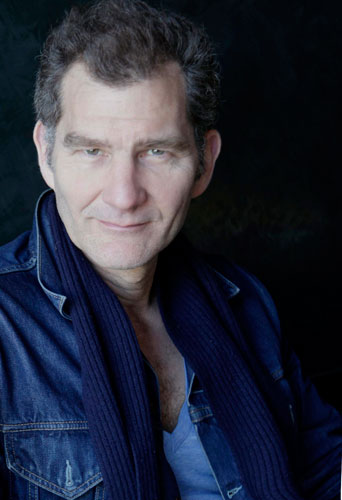Over the past twenty years Philippe Chancel’s photography has explored the complex, shifting and fertile territory where art, documentaries and journalism meet. His is a constantly evolving project, focusing on the status of images when they are confronted with what constitutes “images” in the contemporary world.
Born in 1959, Philippe Chancel now works and lives in Paris. He was introduced to photography at a very young age, took an economics degree at the University of Paris (Nanterre) followed by a post-graduate diploma in journalism at the Cfpj in Paris.
Philippe Chancel’s work has been widely exhibited and published in France and abroad in a number of prestigious publications. These include « Regards d’artistes » – portraits of contemporary artists –, « Souvenirs » – a series of portraits of great capital cities (Paris, London, New York, Tokyo, Brussels) glimpsed through shop windows - produced in collaboration with Valérie Weill, and, lastly, his North Korean project, which brought him international recognition.
« DPRK », in which Chancel offers a revealing and original vision of North Korea, was first shown in 2006 at the « Rencontres d’Arles », then at the C/O Berlin. It was also exhibited at the Photographers’ Gallery in London, as part of the Deutsche Borse photography prize exhibition, where it won the visitors’ poll. « DPRK » also appeared in book form, published by Thames and Hudson. His Emirates project was initially presented at the 53rd Venice Biennale in the Abu Dhabi pavilion, curated by Catherine David, and was part of the « Dreamlands » exhibition at the Pompidou Centre from May 2010 followed by many others all over the world. « Desert sprit » published by Xavier Barral and « Dubai » published by be-pôles already present this project in book form. « Workers Emirates », published by Bernard Chauveau Editeur, is his latest photo essay book.
Philippe Chancel is currently working on a new long-term project entitled « Datazone » that aims to explore the many-faceted aftermaths within the documentary field, revealing some of the world’s most singular lands which are recurrently in the news or, conversely, hardly ever picked up by the media radar. This visionary quest has already taken him from Port au Prince to Kabul via Fukushima, Niger's delta, Pyongyang or Astana. His work is included in many permanent public collections as well as private collections.
Selected Books on

